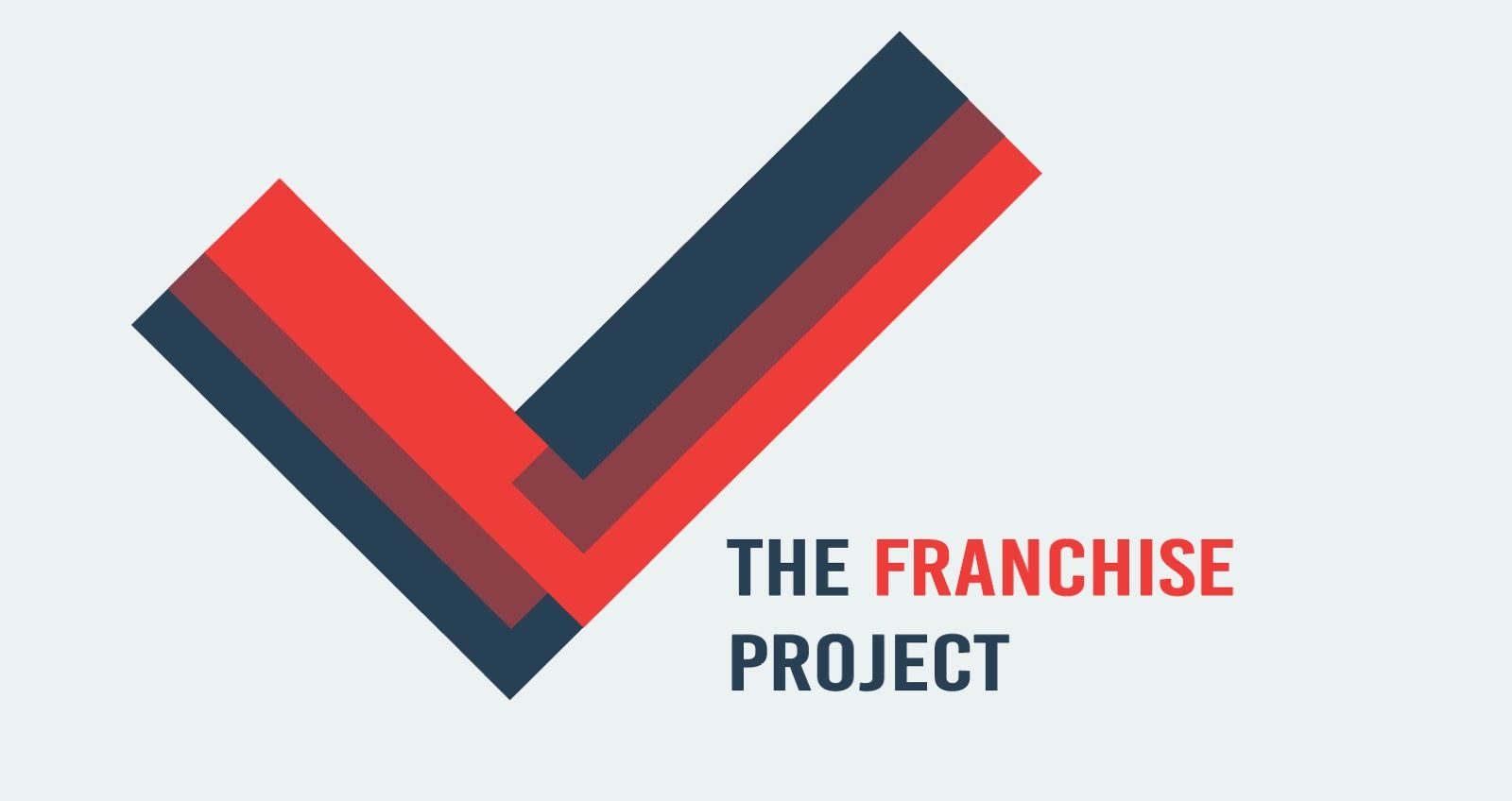1. The high cost of voting equipment means that election administrators very often don’t have the budget to update the equipment last upgraded with dollars from the 2002 Help American Vote Act. This leads to an abundance of outdated equipment and contributes to concerns about election security. Congress recently allocated money to upgrade election infrastructure, but it will only begin to cover the necessary expenses and must be spent wisely.
2. A recent paper found that election forecasts can affect voter turnout. A forecast expressed as the chance of winning an election rather than as vote share made people more confident in the predicted outcome and led to lower voting rates in simulated elections. The author calls for research on best practices for presenting election forecasts.
3. Benisek v. Lamone, one of two partisan gerrymandering cases before the Supreme Court this term, “offers an easily evaded rule that does not cover many potential gerrymanders.” While the legal theory in the other case, Gill v. Whitford, would help to comprehensively address partisan gerrymandering, Benisek “gives the justices all the ammunition they need to do nothing, and to look like heroes in the process.”
4. A Kansas law requiring proof of citizenship to register to vote was recently challenged in court. The law was based on Kris Kobach’s false claims of voter fraud, and it “prevented 35,000 Kansans from registering between 2013 and 2016.” During the trial, “[o]ver and over, the claims of voter fraud offered by Kobach and his witnesses collapsed under scrutiny.”
5. The New York Times editorial board revisits the “willful blindness” of the Supreme Court’s 2013 decision, Shelby County v. Holder. Voting rights, they write, are especially important with midterms approaching, and yet the Supreme Court gutted protections against racial discrimination in voting. See also the Franchise Project’s take on the importance of voting rights protections in a time of emboldened white supremacy.
